From the Amazon Jungle to the Concrete Jungle
Walking up Manhattan's Park Avenue early on Monday morning is a shock to the system. Just two weeks ago, I was hiking through the Peruvian Amazon in one of the most pristine and remote places on the planet, the Tambopata National Reserve. I'm now in New York City headed to the legendary Explorer's Club, ready to meet my PI who is leading a UN sponsored workshop “Linking Education, Ecotourism, and Human Rights in the Arctic.”
As I head uptown, I'm struck with a weird thought: the concrete jungle of New York City, ostensibly the polar opposite of the Amazon, is actually... kinda similar. Within just a few hundred square miles, this metropolis is teeming with life - one of the most densely populated places on the planet. Different areas in this borough have their own distinct vibe - just like the diverse habitats of the Amazon rainforest. From the close-knit immigrant heritage of the Lower East Side to the designer boutiques and luxurious real estate of the Upper East Side, each neighborhood has its own unique characteristics. The Amazon is similarly heterogeneous, with bamboo, riverine, and flooded forests; savannas, lowland plains, and terra firme.
The perpetual hum and buzz of city traffic provides a constant auditory backdrop, just like the insects, birds, and monkeys of the Amazon. Swarming around me are hundreds of workers - head down, marching purposefully like ants to wherever they go. I spy a cockroach scuttling down the sidewalk... and I'm suddenly transported back...
Amazonia
For Spring Break this year, I finally embarked on a covid-postponed trip to the Peruvian Amazon rainforest. We were supposed to go with a National Geographic entomologist who used to work there, but he and other original party members were no longer available. We instead invited a Cambridge University professor of Forest Ecology who had done field research in the Venezuelan rainforest, as well as PolarTREC Alumna Jillian Worssam to help with curriculum development. We spent 9 days in Peru, learning about rainforest biodiversity, carbon sequestration, and the importance of the Amazon on the overall health of our planet.
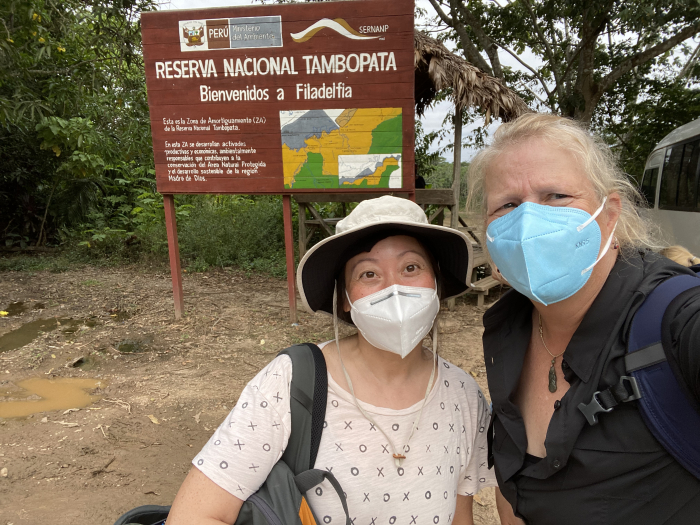
Of course, one of the most exciting things about being in the Amazon is the incredible diversity of animals.
The vast majority of fauna (perhaps up to 90%) is small - ants, spiders, beetles, butterflies... so many things that - I'll be honest, if I saw in my house, I'd screech and run away from. But out in the rainforest, they are truly the kings of the jungle and I was absolutely fascinated.
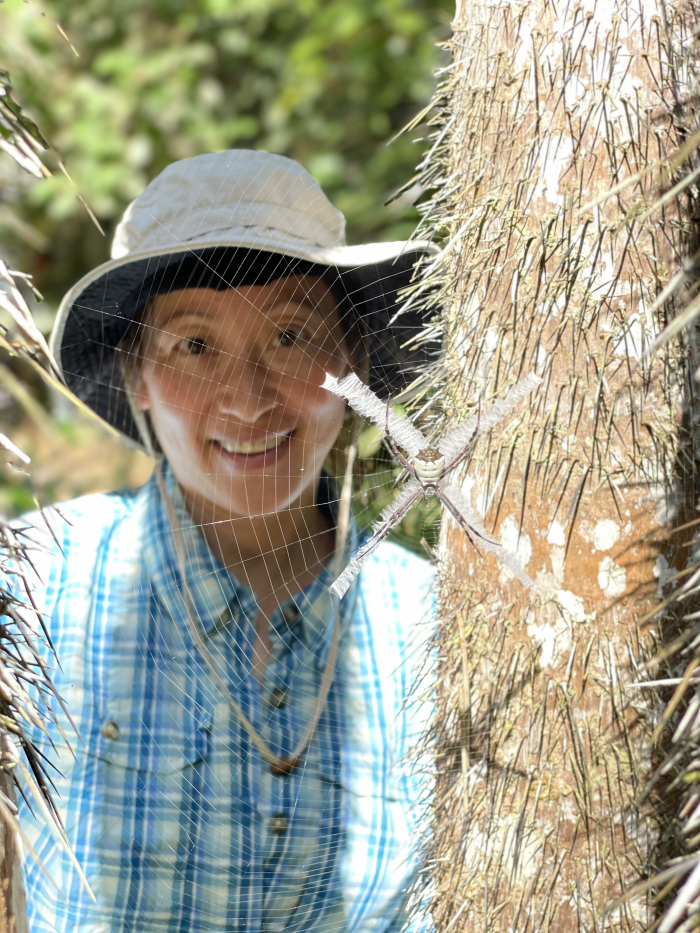
For the most part, the insects we saw weren't scary - they were beautiful and diverse!
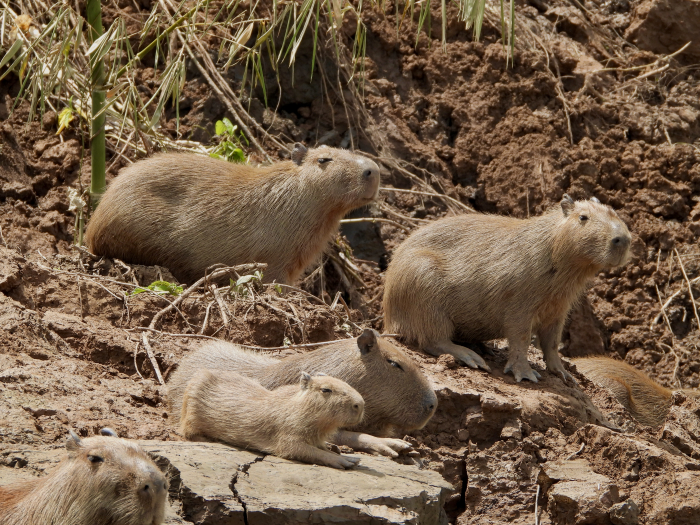
I was also completely captivated by the plant-life that we encountered. Traveling with a forest ecologist was a lot of fun - his passion and excitement for the smallest leaf and vine was contagious, and I discovered a newfound appreciation for the subtleties among rainforest flora.
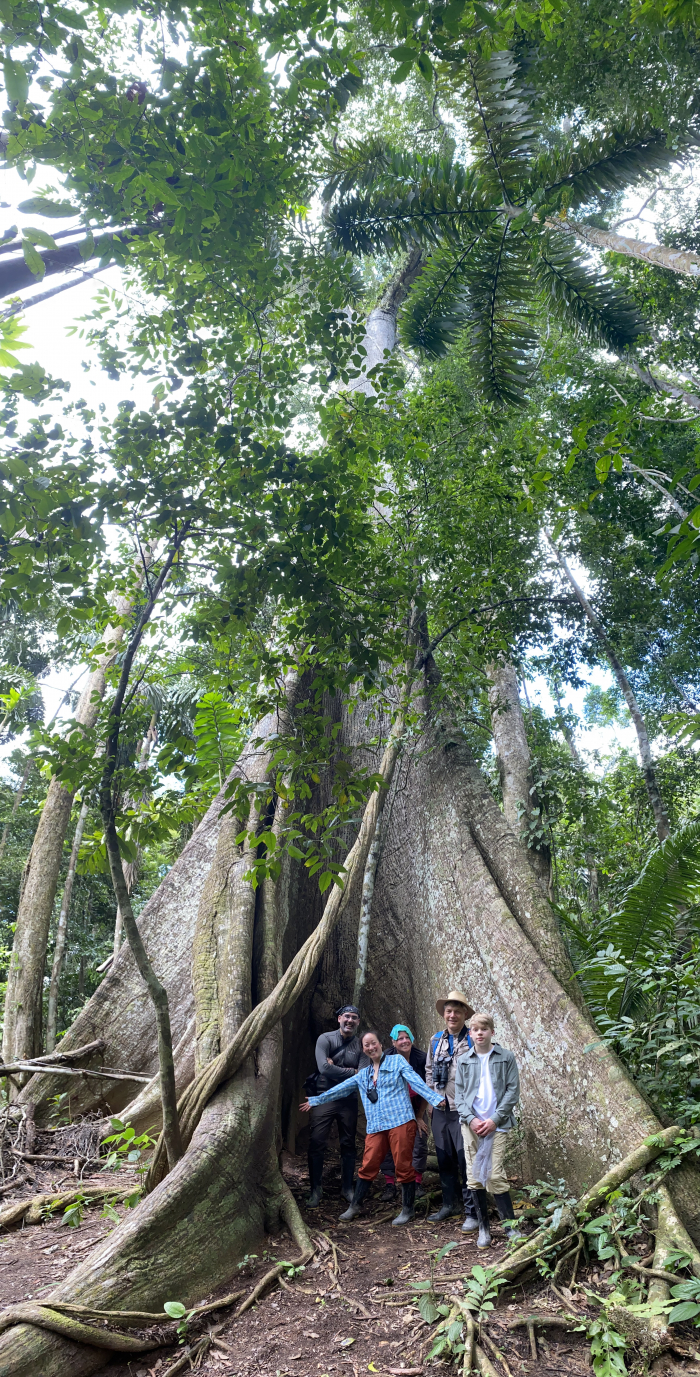
It was a bit of a shock to the system to travel from virtually uninhabited rainforest to New York City, but I was excited to meet the PI for my expedition, Dr Martin Nweeia. He had invited me to help out with their panel discussing an indigenous integrated model of science education. And I was about to get a peek into the famous Explorers Club...
New York City
Founded in 1904, the Explorer's Club is an international organization "dedicated to the advancement of field exploration and scientific inquiry." The ultra-exclusive headquarters is an elaborately decorated, wood-paneled manor stuffed to the gills with legend and artifacts.
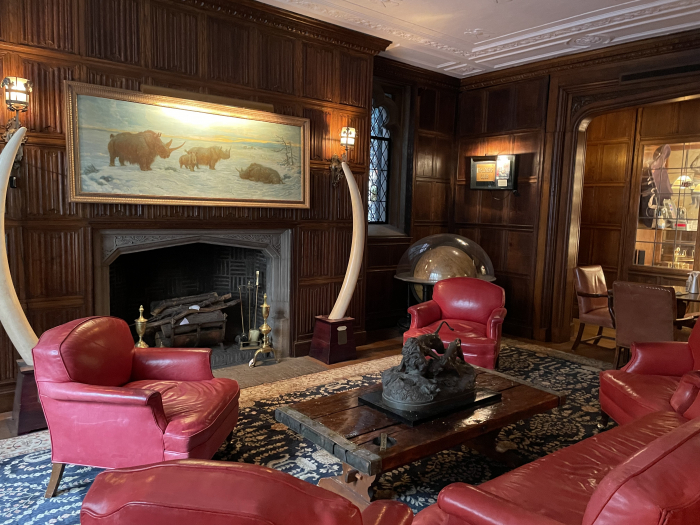
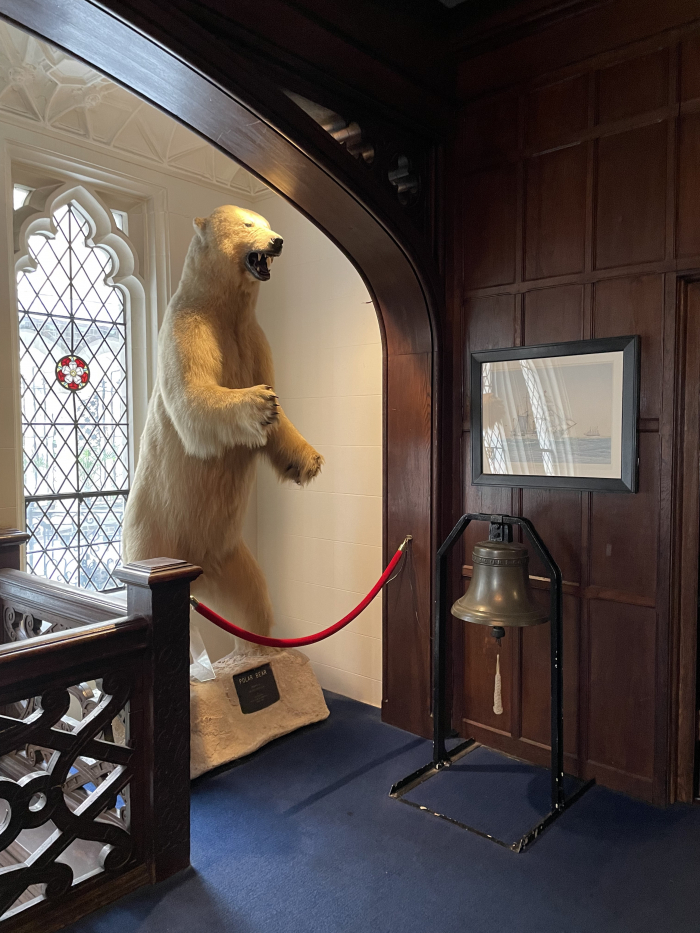

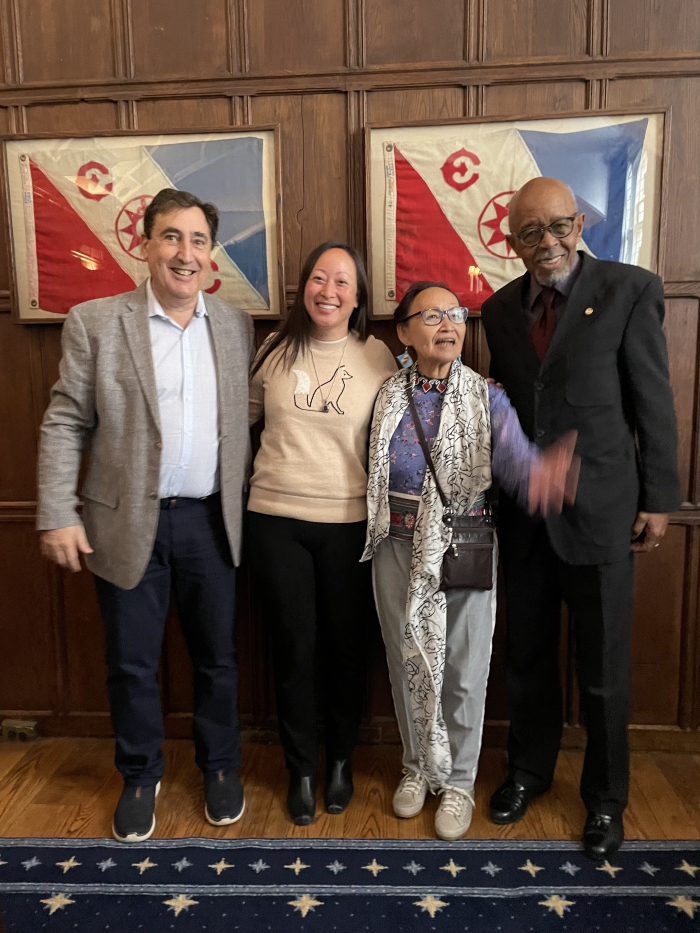
- < prev
- 7 of 7

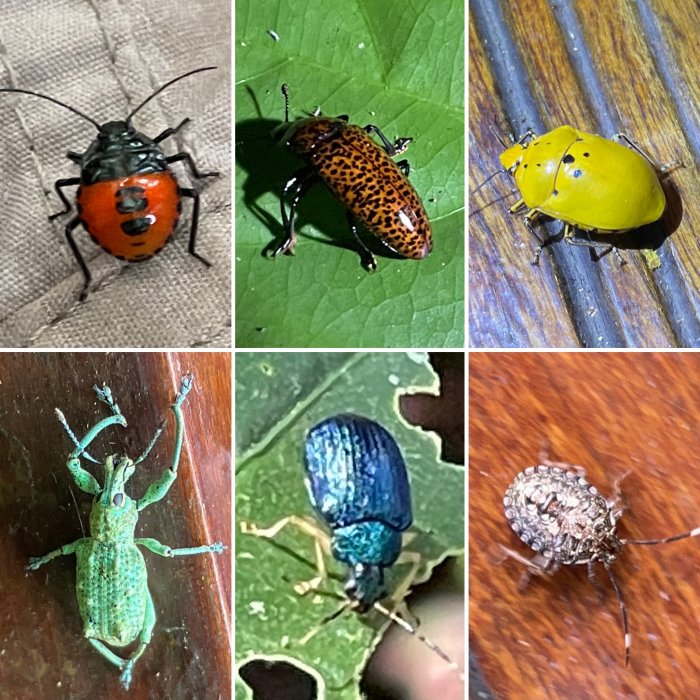
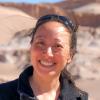
Comments